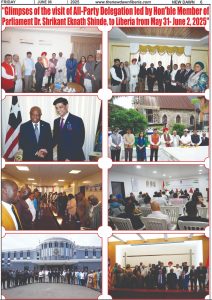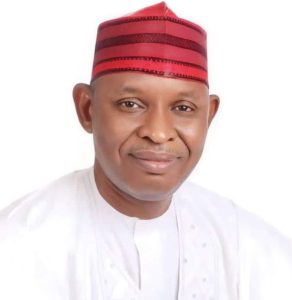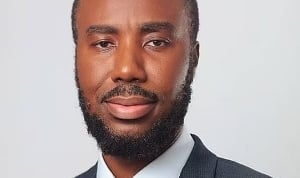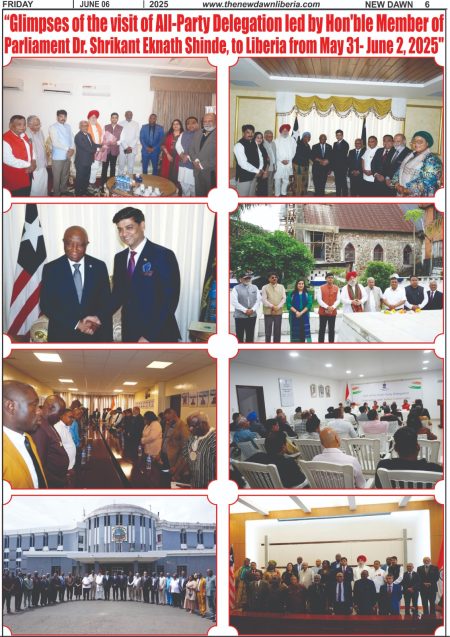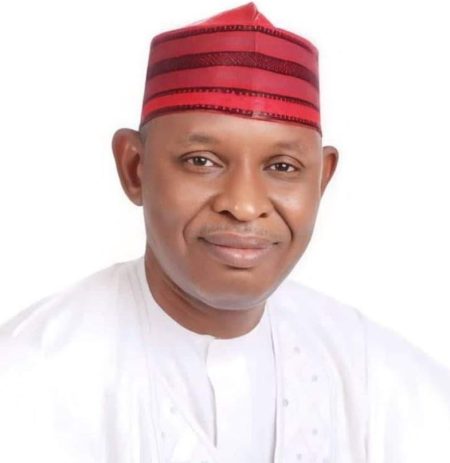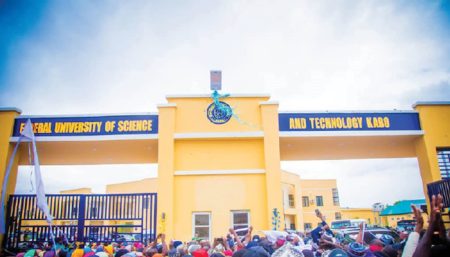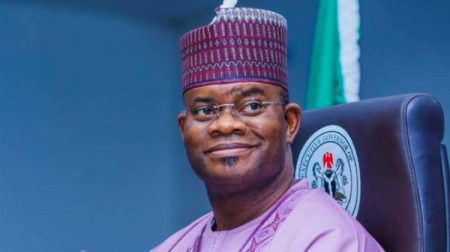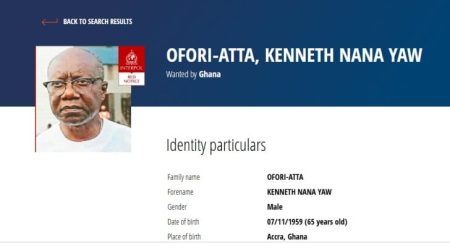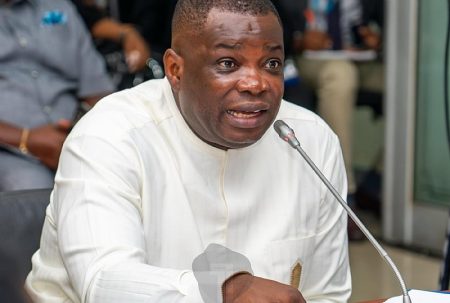The Intricacies of the GH¢49 Million Fraud Case: A Deeper Look into Witness Testimony and Allegations
The ongoing fraud case involving former National Signals Bureau (NSB) Director-General, Kwabena Adu-Boahene, has taken a compelling turn with the testimony of a key witness, Frank Anane Dekpey. Dekpey, who served as Mr. Adu-Boahene’s errand assistant, has presented an account that seemingly contradicts the prosecution’s narrative surrounding the alleged misappropriation of GH¢49 million designated for a cybersecurity system. The core of Dekpey’s testimony revolves around the destination of substantial cash withdrawals, claiming he consistently delivered these funds directly to the NSB office in Labone, as opposed to Mr. Adu-Boahene’s private residence, as suggested by the prosecution. This testimony introduces a layer of complexity to the case, raising questions about the actual flow of funds and their ultimate use.
Dekpey’s role, as he described it, was primarily logistical. He functioned as a driver and errand runner, tasked with collecting cash withdrawals from various banks, including UMB and Stanbic. Crucially, he maintains he was never privy to the precise amounts he transported, emphasizing that his deliveries were invariably made to the NSB premises. This assertion directly challenges the Attorney-General’s claim that Mr. Adu-Boahene diverted the funds for personal enrichment. The prosecution alleges that Mr. Adu-Boahene and his associates orchestrated a scheme to siphon off the allocated funds, with only a small portion reaching the intended Israeli supplier. The remainder, they contend, was channeled into accounts under the accused’s control.
The divergence between Dekpey’s testimony and the prosecution’s narrative highlights a critical point of contention in the case. While Dekpey acknowledges delivering substantial sums of cash, his insistence that these deliveries were made to the official NSB office raises questions about the chain of custody thereafter. The prosecution’s theory posits that the funds, even if initially delivered to the NSB office, were subsequently diverted for personal gain by Mr. Adu-Boahene and his associates. Dekpey’s testimony, however, introduces the possibility that the funds may have been handled within the NSB, potentially for legitimate or illegitimate purposes unrelated to Mr. Adu-Boahene’s personal enrichment. This ambiguity necessitates a deeper investigation into the internal financial processes of the NSB and the individuals who had access to the funds after their delivery.
The crux of the matter lies in determining the ultimate fate of the funds after they reached the NSB office. Were they indeed used for their intended purpose, the cybersecurity system acquisition? Or were they diverted through other channels within the NSB, potentially masking the alleged misappropriation? Dekpey’s admission of ignorance regarding the internal operations and the final destination of the money underscores this crucial gap in the narrative. His role, as he portrays it, was purely logistical, leaving him unaware of the financial transactions and decisions made within the NSB. This limited knowledge, while potentially exculpatory for Dekpey, does not clarify the central question of the funds’ ultimate use.
The Attorney-General’s office bears the burden of proving beyond a reasonable doubt that Mr. Adu-Boahene orchestrated the diversion of funds for personal gain. Dekpey’s testimony, while not necessarily exonerating Mr. Adu-Boahene, introduces a layer of doubt that the prosecution must address. The prosecution needs to establish a clear link between the funds delivered to the NSB office and their alleged subsequent transfer to accounts controlled by the accused. This may involve forensic accounting, tracing the flow of funds through the NSB’s accounts, and identifying any irregularities or unauthorized transactions. Furthermore, the prosecution must investigate the internal control mechanisms within the NSB to determine whether they were robust enough to prevent misappropriation or were circumvented by the accused.
The case hinges on more than just Dekpey’s testimony. The investigation must delve deeper into the NSB’s financial records, the procurement processes related to the cybersecurity system, and the communication between the NSB and the Israeli supplier. Did the supplier receive partial payments? If so, were these payments consistent with the progress of the project? Were there any red flags raised by the supplier regarding payment delays or discrepancies? These questions must be answered to establish a comprehensive understanding of the financial transactions and determine whether the alleged misappropriation indeed occurred. The case highlights the importance of robust financial oversight and transparency in public institutions to prevent and detect potential fraud. The outcome will significantly impact public trust in government agencies and the fight against corruption in Ghana.


